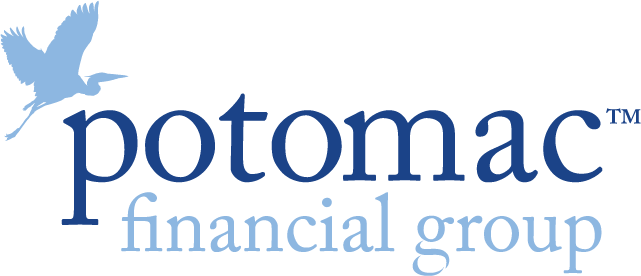COVID-19 has created significant challenges for the senior living industry, leading many families to consider new avenues of care.
These are difficult times to live in a nursing home or assisted living facility, with safety precautions leaving many feeling trapped in their rooms. But these measures are needed. An estimated 40% of COVID-19 deaths in the U.S. have occurred in these settings, according to the Foundation for Research on Equal Opportunity. All of this puts the future of the senior living industry in question.
“This pandemic fundamentally changes the business model,” Joseph Coughlin, director of the MIT AgeLab, told CNBC. “Amenities will remain at the top of the list for consumers, but will now share that spot with ‘Is it safe?’”
Aging alternatives
Home-based care seems a natural alternative. AARP surveys regularly find that nine out of 10 people say they would like to age in place, in their homes. The challenge is that for assistance with the activities of daily living such as eating and dressing, in-home services traditionally have been more expensive and harder to coordinate than care in a facility. With the rise of telehealth and technologies that allow seniors to stay connected, that may be changing.
There’s also the “Golden Girls” route of living as a roommate with a few other seniors in order to maintain social connection and share costs. You’ll have to set some health and safety rules for shared spaces with this scenario, but it is one way to ward off loneliness that can take a toll in later life.
Then there are micro communities like Beacon Hill Village in Boston, a cooperative formed in 2002 by 11 friends who wanted to continue to live with dignity in their homes as they aged. The community has proved resilient, with service providers adapting to changing needs during the pandemic – drivers turning into grocery helpers, for example. “You can really get some shared savings on those sorts of economies, but it’s also for fun things,” Kathy Black, a professor of aging studies, told The Christian Science Monitor. This so-called “village” movement is catching on, with 250 spread across six countries and 47 U.S. states.
Group care rebooted
The pandemic by no means spells the end of nursing homes and assisted living facilities. However, experts believe facilities will be rolling out new arrangements that emphasize stopping the spread of disease and using cleaner procedures. This could take the form of more private rooms and spaces – and technology. For example, motion or voice controls could allow residents to navigate without pressing a button or grabbing a handle.
Going forward, the senior living industry is poised for trans- formation, as individuals of means explore alternatives to traditional institutional care. The question remains whether policy and resources can bring more widespread change.
Next steps
- Research senior living alternatives at caring.com, including co-living and village communities.
- If you’re considering aging in place, review the AARP’s 2020 HomeFit Guide.
- Let your advisor know if your preferences for long-term care have changed.
Sources: CNBC; The Christian Science Monitor; Forbes; AARP
Links are being provided for information purposes only. Raymond James is not affiliated with and does not endorse, authorize or sponsor any of the listed websites or their respective sponsors. Raymond James is not responsible for the content of any website or the collection or use of information regarding any website’s users and/or members. Raymond James does not provide tax or legal services. Please discuss these matters with the appropriate professional.

